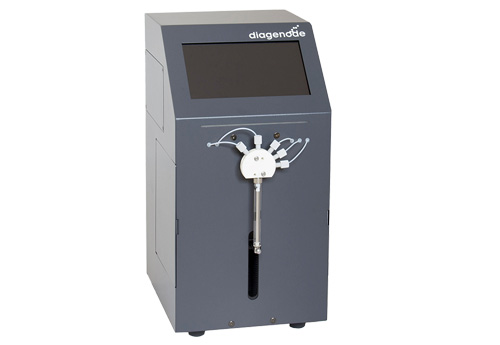Mattioni, Marchetti Vittoria and Bitar, Ibrahim and Piazza, Aurora andMercato, Alessandra and Fogato, Elena and Hrabak, Jaroslav and Migliavacca,Roberta
Background: VIM (Verona Integron-encoded Metallo-beta-lactamase) is a member of the Metallo-Beta-Lactamases (MBLs), and is able to hydrolyze all beta-lactams antibiotics, except for monobactams, and including carbapenems. Here we characterize a VIM-producing IncA plasmid isolated from a clinical ST69 Escherichia coli strain from an Italian Long-Term Care Facility (LTCF) inpatient. Methods: An antimicrobial susceptibility test and conjugation assay were carried out, and the transferability of the blaVIM-type gene was confirmed in the transconjugant. Whole-genome sequencing (WGS) of the strain 550 was performed using the Sequel I platform. Genome assembly was performed using “Microbial Assembly”. Genomic analysis was conducted by uploading the contigs to ResFinder and PlasmidFinder databases. Results: Assembly resulted in three complete circular contigs: the chromosome (4,962,700 bp), an IncA plasmid (p550_IncA_VIM_1; 162,608 bp), harboring genes coding for aminoglycoside resistance (aac(6′)-Ib4, ant(3″)-Ia, aph(3″)-Ib, aph(3′)-XV, aph(6)-Id), beta-lactam resistance (blaSHV-12, blaVIM-1), macrolides resistance (mph(A)), phenicol resistance (catB2), quinolones resistance (qnrS1), sulphonamide resistance (sul1, sul2), and trimethoprim resistance (dfrA14), and an IncK/Z plasmid (p550_IncB_O_K_Z; 100,306 bp), free of antibiotic resistance genes. Conclusions: The increase in reports of IncA plasmids bearing different antimicrobial resistance genes highlights the overall important role of IncA plasmids in disseminating carbapenemase genes, with a preference for the blaVIM-1 gene in Italy.

